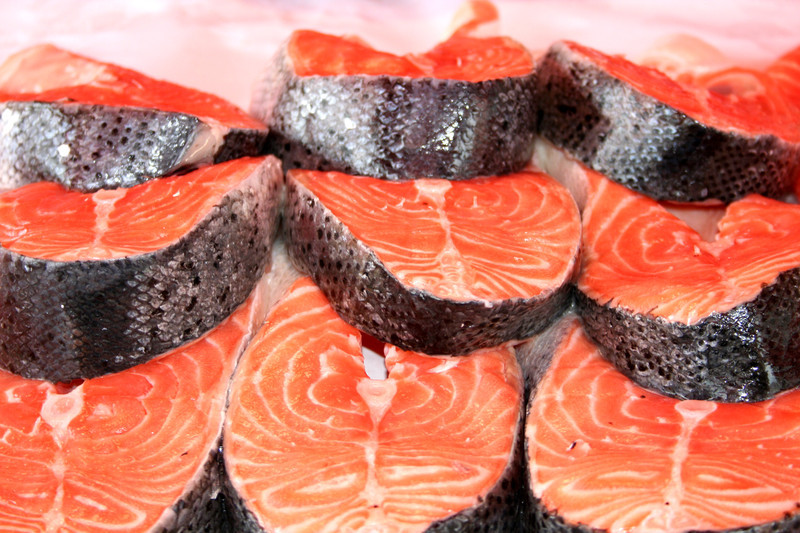What to do about mercury in fish

Fish is an excellent source of protein, and its healthy oils protect against cardiovascular disease. Because a diet rich in seafood protects the heart and aids neurological development, fish remains an important component of a healthy diet.
However, nearly all fish and shellfish contain traces of mercury, a toxic metal, and some seafood contains other contaminants known as persistent organic pollutants (POPs). As small fish are eaten by larger fish up the food chain, concentrations of mercury and POPs increase, so that large, predatory deep-ocean fish tend to contain the highest levels. That makes it best to avoid eating large fish, such as shark, swordfish, tilefish, and king mackerel. As long as you avoid these higher sources of mercury, the benefits of eating fish far outweigh the risks of mercury in fish.
Recommendations: The FDA recommends that adults should eat up to 12 ounces (two average meals) per week of a variety of cooked seafood as long as they avoid the large predatory ocean fish mentioned above and pay attention to local seafood advisories.
For women who are pregnant or may become pregnant, nursing mothers, and children ages 12 and younger, the following guidelines apply:
• Eat 8 to 12 ounces (two to three meals) a week of a variety of fish and shellfish that are lower in mercury. Five of the most commonly eaten fish that are low in mercury are shrimp, canned light tuna, salmon, pollock, and catfish.
• Another commonly eaten fish, albacore ("white") tuna, has more mercury than canned light tuna. So, when choosing your fish, try to select light tuna, and limit albacore to 6 ounces per week.
• Follow these same recommendations when feeding fish and shellfish to your young child, but serve smaller portions.
• Check local advisories about the safety of fish caught by family and friends in your local lakes, rivers, and coastal areas. If no advice is available, eat up to 6 ounces per week of fish from local waters, but don't consume any other fish during that week. Children under 6 should limit consumption to 1 to 2 ounces per week, and those 6 to 12 years old should limit intake to 2 to 3 ounces per week.
For more nutrition information on the foods we eat, buy Healthy Eating, a Spcecial Health Report from Harvard Medical School.
Disclaimer:
As a service to our readers, Harvard Health Publishing provides access to our library of archived content. Please note the date of last review or update on all articles.
No content on this site, regardless of date, should ever be used as a substitute for direct medical advice from your doctor or other qualified clinician.















